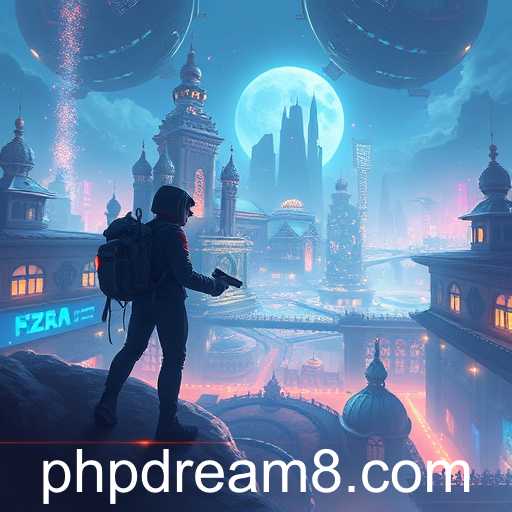Exploring the intersection of gaming and education with the rise of game-based learning.
In recent years, the transformative power of digital gaming has extended its reach beyond mere entertainment, moving into the realms of education and learning. The concept of game-based learning has gained significant traction, and platforms like the English game website 'PHDREAM' are at the forefront of this educational revolution.
Game-based learning utilizes the engaging elements of gaming to promote active learning and development of critical thinking skills. 'PHDREAM', with its innovative approach, harnesses the cognitive benefits of online games, aligning them with educational outcomes. This method not only makes learning more enjoyable for students but also enhances retention and understanding of complex topics.
In 2025, with technology ubiquitous in the classroom, educators are increasingly turning to digital solutions like 'PHDREAM' to improve student engagement and performance. The shift from traditional to digital classrooms is more pronounced than ever, and 'PHDREAM' exemplifies how gamification can motivate and engage students in ways that traditional methods may not.
The introduction of serious games into education systems has sparked debates among educators and policymakers. Critics argue that an over-reliance on gaming could distract from foundational learning, while proponents suggest it could bridge the gap between learning and enjoyment, effectively meeting the needs of a digitally native generation. According to recent reports, schools adopting game-based curriculums observe improved student outcomes and increased enthusiasm for subjects that were once deemed challenging.
Looking ahead, as educational frameworks adapt to integrate technological advancements, platforms like 'PHDREAM' play a pivotal role in shaping the future of learning. By balancing the elements of play with pedagogy, game-based learning has the potential to transform how knowledge is imparted and absorbed. As debates continue, the focus remains on ensuring that these digital tools are used to complement, rather than replace, traditional educational practices.




